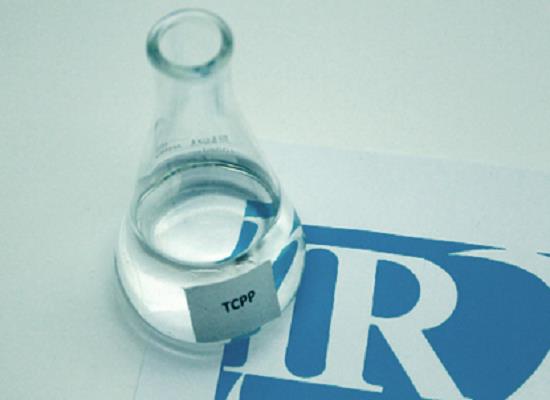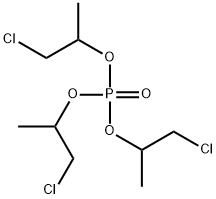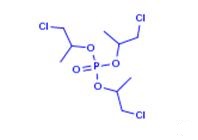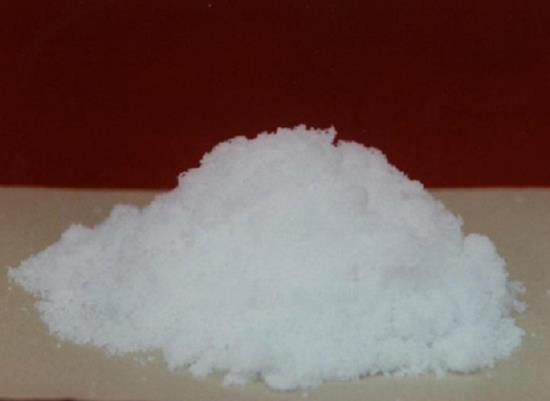Applications and adverse effect of phosphoric acid tris(2-chloro-1-methylethyl) ester in life
General Description
Organophosphates are a class of chemicals widely used in various industrial and commercial products. Phosphoric acid tris(2-chloro-1-methylethyl) ester, a phosphorus-based flame retardant, is one of the most commonly used organophosphate compounds, and can often be found in polyurethane foam, lacquers, hydraulic fluids, PVC plasticizers, engineering thermoplastics, and other materials. However, concerns have been raised regarding the potential adverse health effects associated with the use of phosphoric acid tris(2-chloro-1-methylethyl) ester. Studies have shown that phosphoric acid tris(2-chloro-1-methylethyl) ester is carcinogenic and may cause adverse neurodevelopmental effects in aquatic organisms. Additionally, prolonged exposure to phosphoric acid tris(2-chloro-1-methylethyl) ester has been linked to skin damage and aging. Despite being introduced as a replacement for the highly toxic tris(2-chloroethyl)phosphate (TCEP), which was known to cause harmful effects on aquatic organisms, phosphoric acid tris(2-chloro-1-methylethyl) ester itself has been identified as a potential human carcinogen.

Figure 1. Phosphoric acid tris(2-chloro-1-methylethyl) ester
Applications
Organophosphates, including both halogenated and non-halogenated ones, are widely used in various commercial products. Non-derivatized alkyl phosphates like TBP, TiBP, TPhP, and TBEP are mainly applied as plasticizers, lubricants, and to regulate pore sizes, but can also be used as FRs in some cases. Additionally, PFRs like TPP are often used in combination with other FRs in commercial mixtures that are added to polyurethane foam. Specific applications of PFRs include floor polish (TBEP), ABS pc-blends (DCP), lacquers (TBEP and TBP), hydraulic fluids (DMMP, DCP, TPhP, TCPP, etc.), PVC plasticizers (TEP, DCP, TPhP, TCEP, TCPP, TEHP, trioctyl phosphate, etc.), textiles, rubber, antistatic agents, cellulose, cutting oils, electronic equipment (such as video display units cables), casting resins, glues, engineering thermoplastics, epoxy resins, and phenolics resins. 1
Adverse effect
Carcinogenicity
Phosphoric acid tris(2-chloro-1-methylethyl) ester has high toxicity levels due to its chemical makeup and has been identified as a carcinogenic substance. In the European Union, phosphoric acid tris(2-chloro-1-methylethyl) ester has been classified as a 'potential human carcinogen' and was introduced as a replacement for another OPE, tris(2-chloroethyl)phosphate (TCEP), due to the toxic effects on aquatic organisms. Despite this, TCEP is still present in the environment at concerning concentrations above 0.1 μg/L due to its resistance to biodegradation. 2
Neurodevelopment
A study was conducted exposing zebrafish embryos to TCPP, TCEP or a model neurotoxicant, chlorpyrifos (CPF), indicating that although not as potent as CPF, TCIPP may still cause adverse effects on neurodevelopment such as decreased locomotive activity at high concentrations. The results suggest that TCIPP show no significant effects on developmental parameters but downregulate the expression of selected genes and proteins related to neurodevelopment, including MBP, SYN2A, a1-tubulin, shha, and gap43, highlighting a complex mechanism underlying their neurodevelopmental toxicity. Overall, the study demonstrates that phosphoric acid tris(2-chloro-1-methylethyl) ester can have adverse effects on the neurodevelopment of zebrafish embryos/larvae but do not inhibit acetyl cholinesterase activity, suggesting an alternative mechanism of action. 3
Skin Aging
Phosphoric acid tris(2-chloro-1-methylethyl) ester may harm human skin upon continuous daily exposure. A study investigates phosphoric acid tris(2-chloro-1-methylethyl) ester's adverse effects and underlying mechanism on human skin keratinocytes (HaCaT) after 24-hour exposure. The results reveal that phosphoric acid tris(2-chloro-1-methylethyl) ester causes a concentration-dependent decrease in HaCaT cell viability, promotes intracellular reactive oxygen species generation and triggers DNA damage, evidenced by an increase of phosphorylated histone H2A.X in the nucleus. Moreover, phosphoric acid tris(2-chloro-1-methylethyl) ester exposure leads to the arrest of the cell cycle at the G1 phase by upregulating p53 and p21 mRNA expression and downregulating cyclin D1 and CDK4 expression. Additionally, the senescence-associated-β-galactosidase activity and related proinflammatory cytokine IL-1β and IL-6 were elevated, indicating that phosphoric acid tris(2-chloro-1-methylethyl) ester exposure caused cellular senescence through the p53-dependent DNA damage signal pathway in HaCaT cells. Overall, these findings suggest that phosphoric acid tris(2-chloro-1-methylethyl) ester may play a key role in human skin aging. 4
Reproductive toxicity
It has also been linked to neurotoxicity and reproductive effects in rats, and adverse effects in humans such as reduced fertility and sperm quality. Use and production of TCEP is being phased out worldwide since the 1980s due to toxicity concerns. Although not regulated by legislation, some countries are taking steps to eliminate it from various products. 1
Reference
1. Van der Veen I, de Boer J. Phosphorus flame retardants: properties, production, environmental occurrence, toxicity and analysis, Chemosphere. 2012, 88(10):1119-53.
2. Quednow K, Püttmann W. Organophosphates and synthetic musk fragrances in freshwater streams in Hessen/ Germany. Clean-Soil, Air, Water, 2008, 36:70–77.
3. Li R, Wang H, Mi C, Feng C, Zhang L, Yang L, Zhou B. The adverse effect of TCIPP and TCEP on neurodevelopment of zebrafish embryos/larvae. Chemosphere, 2019, 220:811-817.
4. Liu JX, Cui DL, Yang DL, Li JY, Yang ZY, Su JZ, Ren CX, Niu YY, Xiang P. Organophosphorus Flame Retardant TCPP Induces Cellular Senescence in Normal Human Skin Keratinocytes: Implication for Skin Aging. Int J Mol Sci, 2022, 23(22):14306.
Related articles And Qustion
See also
Lastest Price from Tris(1-Chloro-2-Propyl) Phosphate manufacturers

US $3.00/kg2025-04-21
- CAS:
- 13674-84-5
- Min. Order:
- 1kg
- Purity:
- 0.99
- Supply Ability:
- 10000

US $10.00/KG2025-04-21
- CAS:
- 13674-84-5
- Min. Order:
- 1KG
- Purity:
- 99%
- Supply Ability:
- 10 mt



